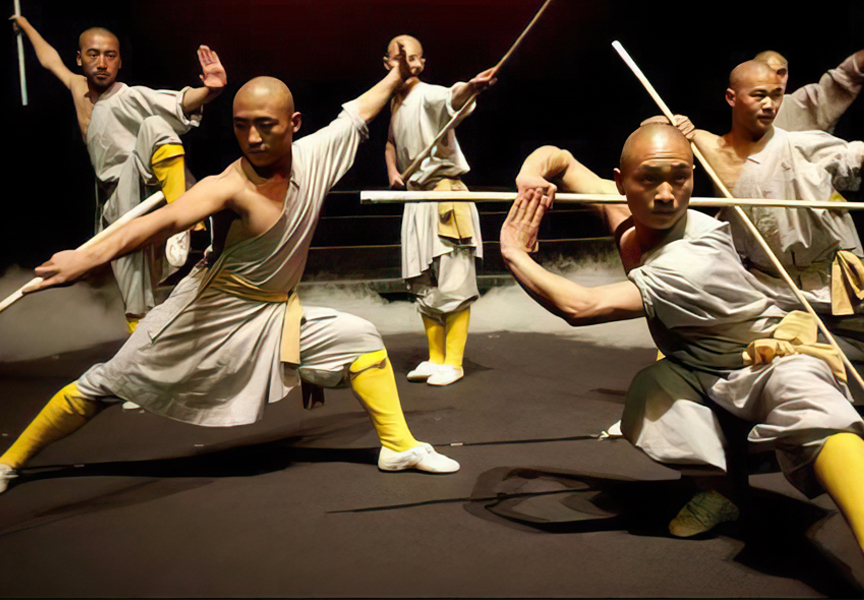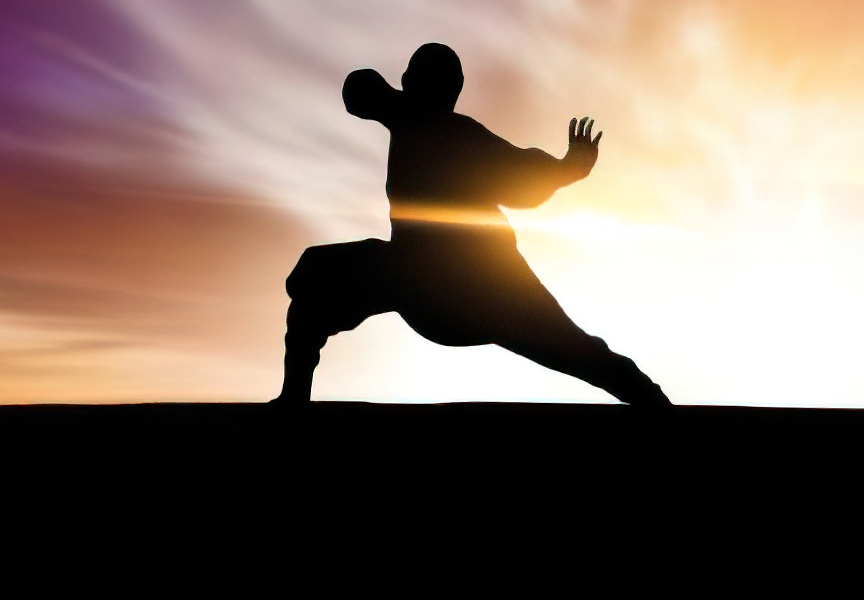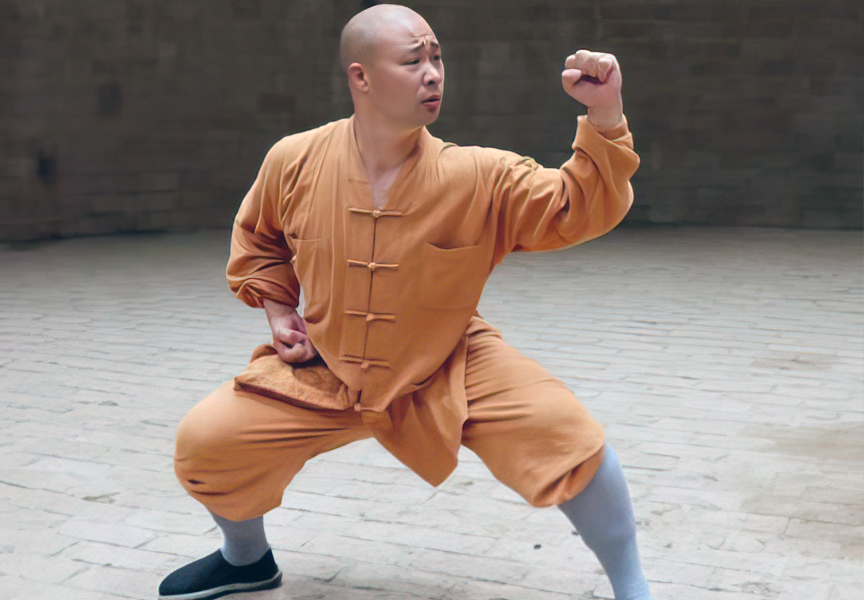Random Free Articles
- The Essential Role of Weapons Training

In the vast world of martial arts, traditional Kung Fu stands out not only for its intricate and beautiful movements but also for its profound connection to a variety of ancient weapons. Weapons training is an indispensable component of any traditional Kung Fu style, encompassing not only the aesthetics of movement but also the practical knowledge required to effectively apply techniques in combat situations. This article delves into the…
- The Changing Landscape of Kung Fu in Modern China

Exploring Cultural Evolution and Diversification In the realm of Chinese culture, few symbols carry as much weight and mystique as Kung Fu. For centuries, this ancient martial art has been intertwined with the very fabric of Chinese society, embodying principles of discipline, self-improvement, and tradition. However, as China hurtles forward into the 21st century, the prominence of Kung Fu is undergoing a profound transformation, reflecting…
- Evaluating the Necessity of Learning Martial Arts for Self-Defense

In a world where physical altercations can sometimes be unavoidable, the idea of learning a martial art for self-defense purposes seems logical and prudent. Many individuals are drawn to martial arts classes with the belief that acquiring combat skills will keep them safe in dangerous situations. However, before committing to rigorous training and dedicating time and resources to mastering a martial art, it's crucial to assess the…
- Sparring vs. Survival Instinct

Combat training and physical response Martial arts, an age-old discipline, is not just about learning how to fight; it is about building character, discipline, and understanding the fine balance between aggression and defense. Central to this training are two crucial components: sparring and the development of a survival instinct. While both are indispensable, their utility varies based on the context and the goals of the practitioner. This…
- The Unveiled Power of the Umbrella

A Weapon in Shaolin Kung Fu Monk Hands In the world of martial arts, where the convergence of tradition and innovation gives birth to unique fighting styles, one may be surprised to discover that even an everyday object like the umbrella - Yusan [Chin.: Yǔsǎn 雨伞] can be transformed into a formidable weapon. In the ancient practice of Shaolin Kung Fu, the umbrella, primarily associated with shielding against rain or sun, unveils a hidden…

